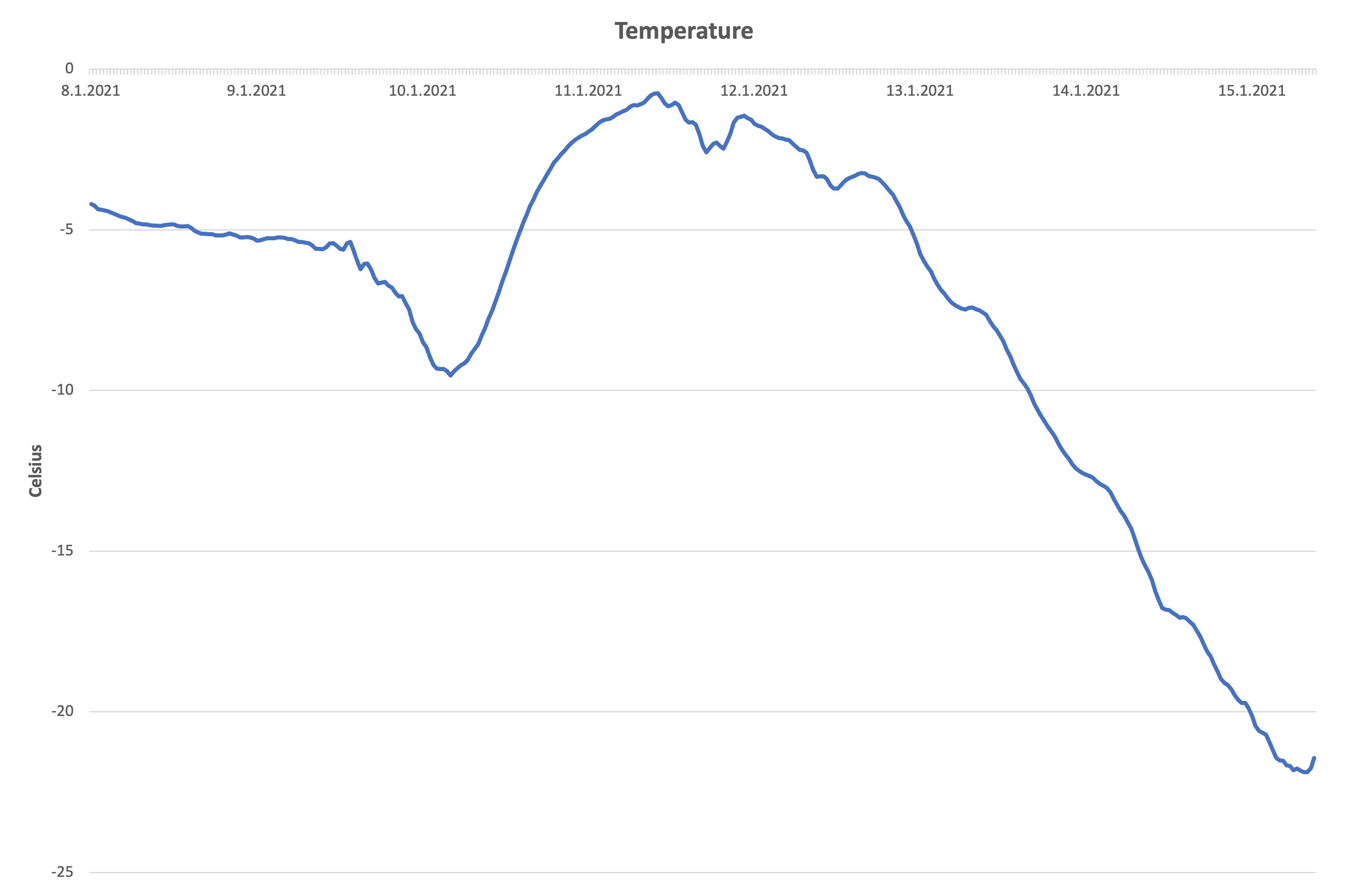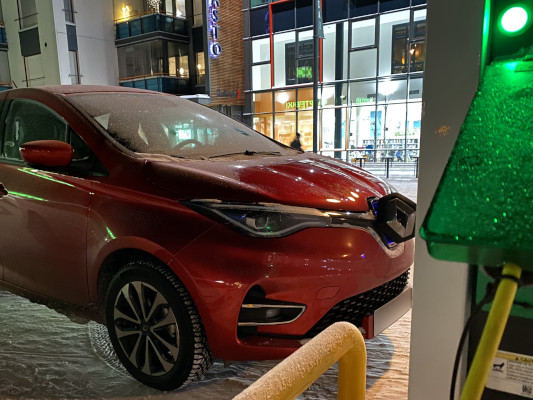An Arctic Winter Test - Renault ZOE
 The winter has arrived and the temperature started to sink. A deep -22C freeze gripped my home town. How has this affected my Renault ZOE Z.E. 50? I have seen some Internet discussions, where EV owners praise the winter features of electric cars. Some of the stories sound almost too good to be true. My electric car actually works better than my previous internal combustion cars in the cold. Yes, my electric vehicle does experience some range loss during winters, but it works perfectly in extreme weather. Just today, for example, I passed by several dozen car owners struggling to start their vehicles on my way to work. My EV, in comparison, handled the cold without any issues. Sounds great! How does the ZOE handle the current arctic temperatures?  Our Renault ZOE Z.E. 50 has spent the freezing nights on our driveway, and the days at an uncovered office parking lot. The little red car is covered by frost. When I sit in the frozen car and press the start button, the ZOE will show a note about limited regen B-mode performance. This warning is nothing new, it doesn’t require the current arctic temperatures. This note will show already smaller cold temperatures, when the thermometer is just a couple of degrees below the freezing point. The owner of a Renault ZOE will notice at the charger that it is a seriously cold day. The cold temperature slows a battery’s ability to accept charge. At 0 degrees Celsius, charging the ZOE takes a little bit over 2 hours. This is in line with the 52 kWh battery, and 22 kW charging speed. When the temperatures drop, the 2 hours will not be enough. After 2 hours, the My Renault App shows just 175 km range and I need to wait another 1,5 hours for a fully charged battery. Should I drive to a charger that is located in a warm parking space? The ZOE has a battery pack that weights almost 300 kg. My car is with the Nordic features, including a battery heater. When the temperatures are this low, I guess it will take long time to warm up 300 kg to a good operating temperature. I don't think a normal city drive will not warm up the batteries completely. I don’t believe that a warm indoor car park would speed up the charging much, if I drive in from the arctic cold temperature. When I connect the charger, the starting temperature of the battery pack will be as cold as it would be at an outdoor charger. I think it is fair to say that a freezing temperature will impact an EV driver’s life too. Even an EV owner will need to accept that some things that worked as advertised in a mild temperature may require attention in a seriously cold climate. Filling up a tank with gasoline takes equally long in the summer and in the winter. Filling up the “tank” of an EV will take longer on a cold winter day. But what is great is that when the EV’s battery is full, the cold start will be as easy in the winter as it is in the summer. Simply, press the button, move the selector on drive, and touch the accelerator pedal! A ZOE driver who may have spent longer at the charger will not need to install an engine block heater or Webasto or Eberspächer. If he turns off the pedestrian warning sound, the car start moving quietly through the cold, and he can enjoy the crunching sound of cold snow under the winter tires. One more thing: If you are driving in a seriously cold climate, please do not simply pass by other car owners who are in trouble. Especially if you are driving on a backroad and the distance to the next town is miles. Stopping and asking if you can help may save their lifes. Epilogue (2 months later): We got a proper winter this year. For almost two months, waves of cold temperatures arrived one after another, and everything was covered with snow, ice and frost. This gave an excellent opportunity to say, how does the Renault ZOE ZE 50 handle these temperatures in a long term arctic winter test. Let's remember, the ZOE lives outside. It doesn't have a warm car park.
|
[Previous] [Next]